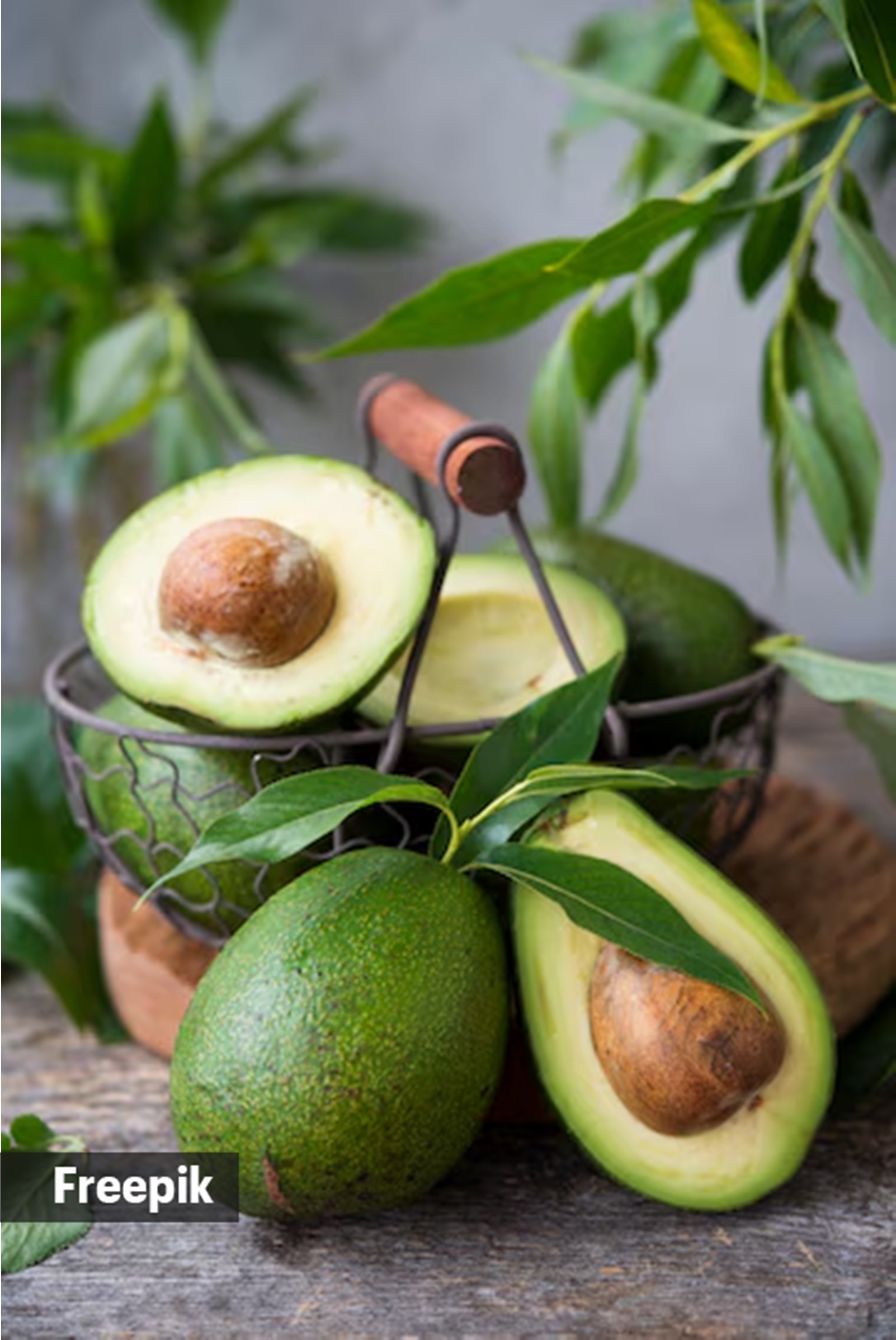📣 For more lifestyle news, click here to join our WhatsApp Channel and also follow us on Instagram
Why you must always wash avocados thoroughly before consumption
“Skipping the wash on your avocados can introduce you to unwanted bacteria like salmonella and listeria,” says Ipsita Chakraborty, senior nutritionist at Hungry Koala, Bangalore
 The bumpy rind of an avocado can harbour common foodborne pathogens like listeria. (Source: Freepik)
The bumpy rind of an avocado can harbour common foodborne pathogens like listeria. (Source: Freepik)Over the years, avocados have become a breakfast staple in many Indian households. Appreciated for their rich and creamy texture, these delicious fruits also come packed with numerous nutrients.
But, are you aware of this piece of extremely important information that concerns this oily fruit? According to digital creator Bobby Parrish, you must thoroughly wash avocados before cutting or peeling them. In an Instagram reel, he explains that the skin of an avocado harbours harmful bacteria such as salmonella and listeria that can transfer from the peel to the knife and onto the fruit, if not washed properly.
View this post on Instagram
Ipsita Chakraborty, senior nutritionist at Hungry Koala, Bengaluru agrees with Parrish. “Skipping the wash on your avocados can introduce you to unwanted bacteria like salmonella and listeria.”
She continues, “These can cause foodborne illnesses with symptoms like nausea, vomiting, diarrhea, and fever. While healthy adults may fight them off without major issues, pregnant women, young children, and people with weakened immune systems are at higher risk for severe complications.”
Some avocado farms use pesticides during cultivation, she discloses, adding that while regulations aim to minimise residue, thorough washing can help remove any lingering traces, promoting overall food safety.
Are there any specific pathogens commonly found on the skin of avocados that could pose health risks if not properly washed?
“The bumpy rind of an avocado can harbour common foodborne pathogens like Listeria, as highlighted in the reel,” Chakraborty says.
Listeria is particularly concerning because it can thrive in cold environments, she says, like your refrigerator, and can even grow on already cut surfaces. “Salmonella is another culprit, and while less likely to be found on avocados compared to other produce, it’s still a potential risk.”
 Wash avocados thoroughly before cutting them. (Source: Freepik)
Wash avocados thoroughly before cutting them. (Source: Freepik)
How effective are methods like rinsing or scrubbing avocados under water at reducing the likelihood of removing harmful contaminants from the skin?
According to Chakraborty, a simple washing method is quite effective. Rinse your avocado under cool running water for 20-30 seconds to dislodge a significant amount of bacteria and dirt.
For an extra layer of protection, she says, especially if you’re concerned about pesticide residue, you can follow rinsing with a gentle scrub using a clean vegetable brush. This doesn’t harm the fruit but helps remove any surface contaminants.
Best practices before eating avocados to ensure safety while preserving the fruit’s nutritional value
Following the below guidelines will help you derive the most out of eating avocados, according to Chakraborty:
- Wash before cutting: Always wash your avocado before cutting into it, regardless of whether you plan to eat the skin. This prevents bacteria from transferring from the rind to the flesh during the cutting process
- Avoid soap: Stick to cool running water. Avoid using soap or harsh detergents, which can damage the avocado and leave behind a soapy taste.
- Dry thoroughly: After washing, pat the avocado dry with a clean paper towel. This helps prevent the spread of bacteria that might linger on moist surfaces.
📣 For more lifestyle news, click here to join our WhatsApp Channel and also follow us on Instagram




- 01
- 02
- 03
- 04
- 05























